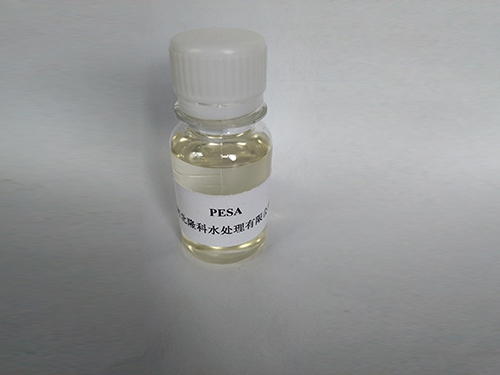Properties and Applications of Hydrolyzed Polyacrylamide in Various Industries
Understanding Hydrolyzed Polyacrylamide Properties, Applications, and Benefits
Hydrolyzed polyacrylamide (HPAM) is a water-soluble polymer that has gained significant attention in various industries due to its unique properties and versatile applications. It is derived from the polymerization of acrylamide, followed by hydrolysis. This process transforms the polymer into a form that is more suitable for numerous applications, particularly in water treatment, oil recovery, and agriculture.
Properties of Hydrolyzed Polyacrylamide
HPAM is characterized by its high molecular weight, which can range from tens of thousands to several million daltons. Its structure contains both hydrophilic amide groups and hydrophobic regions, making it a versatile agent that can interact with different substances. The degree of hydrolysis affects its properties and performance; a higher degree of hydrolysis increases the polymer's solubility in water and enhances its viscosity.
One of the most notable features of HPAM is its ability to form viscous solutions. When dissolved in water, HPAM chains expand and create a thick solution, which can effectively suspend particles and carry other substances. This property is critical in its application as a flocculant and stabilizer, helping to enhance sedimentation processes and clarify water.
Applications of Hydrolyzed Polyacrylamide
1. Water Treatment HPAM is widely used in wastewater treatment plants. It acts as a flocculant, aggregating small suspended particles into larger clumps that can be easily removed. This not only improves water clarity but also reduces the load on filtration systems.
2. Oil and Gas Extraction In the oil industry, HPAM is used in enhanced oil recovery (EOR) methods. It is injected into oil reservoirs to increase the viscosity of water, allowing for a more efficient displacement of oil. This helps in maximizing the extraction of crude oil from reservoirs, thereby improving the overall yield.
hydrolyzed polyacrylamide

3. Agriculture HPAM is beneficial in agriculture for soil stabilization, erosion control, and water retention. It improves the water-holding capacity of soils, which is particularly important in arid regions. By incorporating HPAM into soil amendments, farmers can enhance crop productivity while minimizing water usage.
4. Personal Care Products HPAM is also utilized in personal care products, including lotions and hair conditioners. Its ability to provide viscosity and stability makes it an ideal ingredient for various formulations, ensuring a smooth application and enhancing the product's overall quality.
Benefits of Using Hydrolyzed Polyacrylamide
The benefits of HPAM are multifaceted. Firstly, it is non-toxic and environmentally friendly, making it a preferable choice over other synthetic polymers. Its biodegradability means that it poses a lower risk to aquatic ecosystems compared to non-biodegradable alternatives.
Additionally, HPAM is cost-effective, offering a significant return on investment for industries that rely on its properties for enhancing processes. Its efficiency in water treatment leads to reduced operational costs, while its use in oil recovery can significantly increase the volume of recoverable resources, benefiting the energy sector.
Finally, the versatility of HPAM opens up new pathways for innovation. Researchers continue to explore its potential in novel applications, ranging from biomedical uses to advanced materials science.
Conclusion
Hydrolyzed polyacrylamide is a valuable polymer with a wide range of applications across various sectors. Its unique properties not only enhance the efficiency of traditional processes but also contribute to sustainability efforts. As industries continue to evolve, the role of HPAM is poised to expand, highlighting its importance in an increasingly resource-conscious world.
-
Water Treatment with Flocculant Water TreatmentNewsJun.12,2025
-
Polymaleic AnhydrideNewsJun.12,2025
-
Polyaspartic AcidNewsJun.12,2025
-
Enhance Industrial Processes with IsothiazolinonesNewsJun.12,2025
-
Enhance Industrial Processes with PBTCA SolutionsNewsJun.12,2025
-
Dodecyldimethylbenzylammonium Chloride SolutionsNewsJun.12,2025





